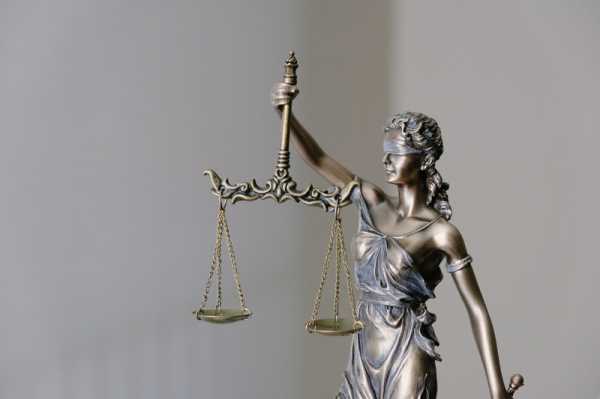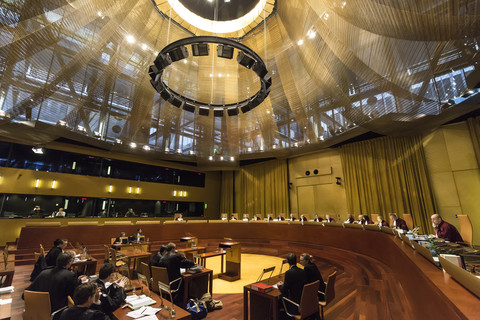
The ECJ seems to regard the transparency of judiciary as a costly, time-consuming and resource-intensive administrative burden — rather than an issue of open justice (Photo: Unsplash)
A lot of attention has been paid in recent years to how the European Union regulates different sectors, from renewable energy to digital markets and artificial intelligence. Much less has been given to a crucial tenet of democratic accountability — how the EU institutions regulate themselves.
The most recent example is the European Court of Justice/Court of Justice of the European Union (ECJ). In stark contrast to several other regional courts, the EU court does not allow for public access to many of its key documents, including those about ongoing proceedings. This lack of transparency hinders accountability and undermines trust in EU institutions.
-

The ECJ in Luxembourg (Photo: Court of Justice of the European Union)
A debate is currently ongoing about the wider reform of the statute of the EU court — presenting a unique opportunity to change that.
At present, the court considers documents about ongoing proceedings to be confidential and only makes them available once the proceedings have concluded and a decision has been pronounced. Arguments submitted by parties are never published — preventing the public from ever having a full picture on what has led the court to take a decision on a certain case.
Journalists blindsided
This has a huge impact on public watchdogs: journalists, for example, cannot report on the state of a given case while it is ongoing, leading to the lack of oversight of the court’s workings.
This approach differs significantly from that of other courts.
For instance, the European Court of Human Rights follows a general and simple rule: every document that is deposited in its registrar is accessible to the public (any exceptions are dealt with by case by case basis, and are rare). In Canada, transparency of the judiciary is so fundamental it is enshrined in the constitution. In countries like the US, Finland and Slovenia, specific laws allow everyone to access documents held by the courts.
On the whole, the EU court seems to regard the transparency of judiciary as a costly, time-consuming and resource-intensive administrative burden — rather than an issue of open justice. The principle, rooted in the international human rights law, is a fundamental pillar of a well-functioning democracy.
ARTICLE 19, together with 18 European civil society organisations have called on the European Parliament to make this right.
Last month, the European Parliament’s committee for legal affairs (JURI) unanimously voted to allow everyone to request access to documents held by the court. This position is now subject to quadrilogies, which continue at the start of November.
With public access to the court”s documents, everyone would be able to access the full range of documents about judicial proceedings, including case files, as well as data such as statistics on cases filed, resolved and pending, or the court’s agenda.
Sign up for EUobserver’s daily newsletter
All the stories we publish, sent at 7.30 AM.
By signing up, you agree to our Terms of Use and Privacy Policy.
This matters, in particular, as the role of the EU Court has greatly changed over the last few years: it is increasingly ruling on matters related to human rights, such as migration, privacy, health or the environment.
This expanded remit calls for greater external scrutiny. Journalists, researchers and civil society organisations should have a better sense of how the court comes to its decisions, be able to scrutinise them and report on proceedings as they are happening. Lawyers should also be able to look into the practices before the court so they can better prepare arguments and strategies by reviewing previous cases — benefiting everyone who turns to the ECJ to sort out disputes.
Maintaining the status quo fails to consider how it is in the court’s own interest to allow EU citizens to better understand how it works.
Openness leads to more trust in institutions: EU taxpayers, whose money supports the structures of the court, should be able to ask how and what it is used for. Increased transparency would also incentivise court’s judges to act as fairly, consistently, and impartially as possible. The motto ‘judging the judge’ is a crucial part of democratic checks and balances.
As negotiations continue in the coming weeks, the EU institutions should follow the important steps taken by the JURI committee and ensure that transparency remains a crucial aspect of the European Court of Justice’s reform.
Access to documents might seem like an administrative and bureaucratic issue. In reality, it is about core democratic values and how the EU lives up to them.
Source: euobserver.com